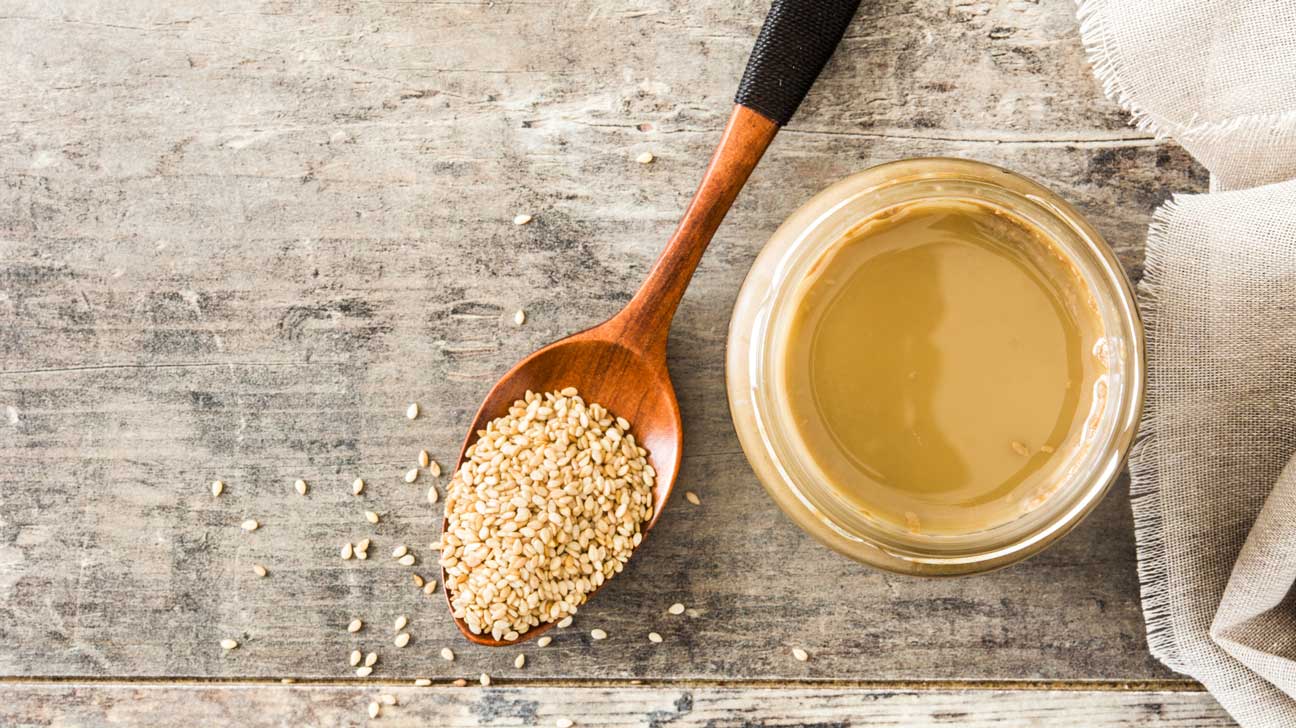
Tahini is made from roasted, peeled sesame seeds that are ground into tahini paste. The paste is then mixed with a tasteless oil for a creamier texture.
It can be mixed with other ingredients like garlic and add oil to make savory sauces, or even added to sweet dishes to balance out the flavor and add nutrients. A paste made from ground sesame seeds that is often mixed into classic dips like hummus and baba ganoush.
Tahini is used in the cuisine of the Levant and the eastern Mediterranean, the South Caucasus, and parts of North Africa and the Middle East. Sesame paste is also used in some East Asian cuisines. Incidentally, both tahini and tahina are common words for paste.
The earliest mention of sesame is in a script written 4,000 years ago, that describes the custom of serving the sesame wine of the gods. The historian Herodotus writes about the cultivation of sesame seeds 3500 years ago in the Tigris and Euphrates region in Mesopotamia. It was mainly used as an oil well.
Tahini-based sauces are widely used in Armenian, Turkish, Iraqi, Cypriot, Greek, East Asian, and Indian dishes. Creative chefs around the world are recognizing the versatility of this simple, yet flavourful and nutritious ingredient.
How does tahini taste?

It tastes like sesame seeds; it looks similar to natural peanut butter, but it's not naturally sweet like nut butter. It has a hearty, bitter, and nutty flavor profile. It is high in fat and has an oily consistency.
Tahini is usually made from peeled white sesame seeds and is light in color. It can also be made from unpeeled black sesame seeds, which produce darker tahini.
The best ways to use tahini!

There are many ways to use it! At first it can be eaten straight out of the glass, but it is best used in the classic way as a main ingredient in hummus or adventurously over fruit or as a marinade for chicken or lamb.
In Israel, residents and tourists alike enjoy a herbaceous tahini sauce over falafel! It's also a popular topping for vegetables and sometimes even french fries. Let's find out 10 easy and delicious ways that you can use tahini in your everyday life! You will not believe it..
1. Hummus Tahini. Add it to mixed chickpeas, lemon juice, garlic, and cumin seeds to make hummus. Traditional hummus recipes are made with tahini, but sesame oil can replace the seeds in a pinch.
2. Tahini sauce. It is combined with Greek yogurt, garlic, parsley, coriander and lemon juice to make tahini sauce - a spicy addition to gyros.
3. Spread it on toast. It can be part of a balanced breakfast with whole grain bread.
4. Spread on the falafel. For a summer dish, heat and fill the frozen falafel. Dilute your tahini by adding a few tablespoons of warm water and lemon juice, then fill your sandwich.
5. Salad dressing. Combine it with extra virgin olive oil, apple cider vinegar and lemon for the salad dressing.
6. Use it to make tarator sauce. Tarator is a popular, but not well-known, multi-purpose sauce that's especially good for dipping grilled chicken or steamed vegetables.
7. Halva. This is a popular Israeli and Turkish confection. It consists of honey, pistachios and of course tahini.
8. Brownies. Whisk it in brownie batter for an extra nutritional boost.
9. Baba Ghanoush. Fry a small eggplant in the oven until tender. Combine 2 tablespoons of tahini with a clove of garlic, lemon juice, and salt and pepper to taste. Cut a slit in the eggplant and spread tahini in it for some sort of deconstructed baba ghanoush.
10. Stir it into soup. Since tahini and peanut butter are similar in consistency, you can also use it as an alternative soup thickener instead of flour.
Types of tahini!

A distinction is made between peeled and unpeeled sesame tahini. The variant made from unpeeled sesame seeds is darker and more bitter, but contains more vitamins and nutrients. This is known as "black tahini".
The "white tahini" is made exclusively from peeled sesame seeds. The finished paste has a less bitter taste than the strong-tasting black paste made from unpeeled sesame seeds. The tahini is often made from a mixture of both sesame seeds and is gluten free.
Due to its fine consistency, white tahini is suitable for dips and spreads such as hummus. Because of its strong taste, dark tahini is used as a tahini dressing for tofu and fish.
How to make tahini?

* You absolutely need a powerful mixer for the preparation *
Tahini recipe is very simple. Toast the raw sesame seeds in bulk without oil over low heat until they turn lightly brown. Stir constantly so the seeds don't burn. Toasting sesame seeds is a very common method in middle eastern. Let the sesame seeds cool down. Put the sesame seeds in your food processor with the oil, lemon juice, garlic, and salt. Mix the ingredients until you get a homogeneous mass.
Depending on the mixer, this takes 30 seconds to two minutes. If the blade is getting nowhere, you'll need to help with your hand and stir the mixture a little before continuing to mix.
With the engine running, add water in a thin stream until the mixture is pale and smooth. Put the dip in a bowl and top with parsley. Garnish with sesame seeds and more oil if you'd like.
Adjust to taste if necessary. Add more water for a thinner consistency, more salt for more overall flavor, or more lemon juice for more flavor. Your homemade tahini sauce is good to go!
Tahini and Greek Lent!
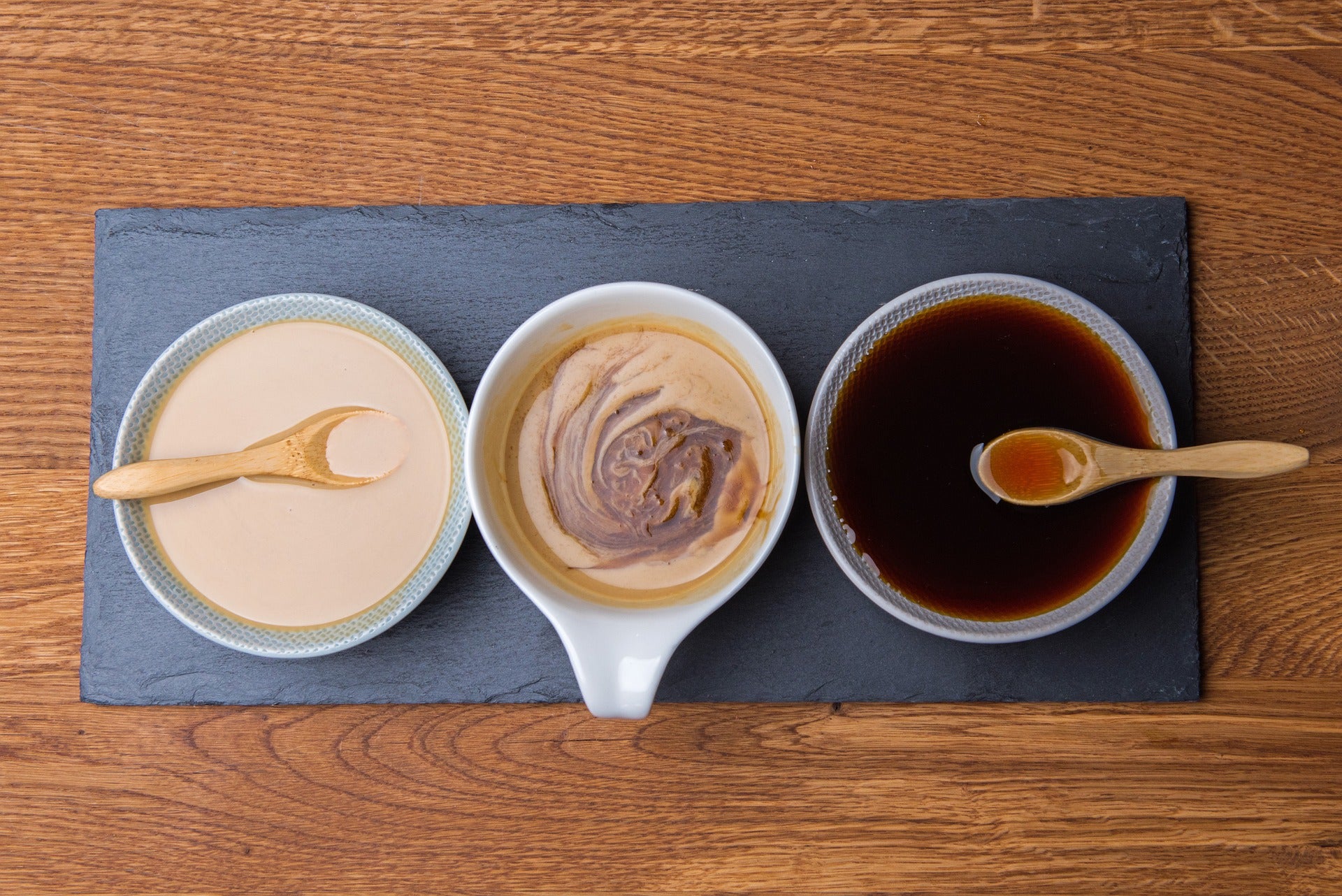
During Greek Lent ("Σαρακοστή") there are days when you don't even eat olive oil. The most common substitute for this is sesame paste or tahini, which are fat enough to add flavour to foods but still aren't pure fat. It is used in many dishes during Lent when one does not want to use olive oil. It is a solid sweet and can be found in different ways, such as: pure ("Ταχίνι"), with honey ("Ταχίνι με μέλι") or with cocoa ("Ταχίνι με κακάο").
Where can you buy tahini?
You can find tahini at a grocery store, store bought tahini tastes as good as a fresh one.
At Greek Flavours you will find a large selection of different types of tahini. Find here all different types of Tahini.



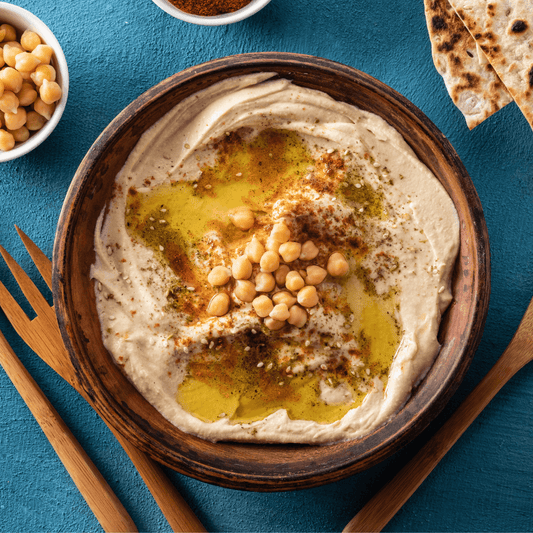

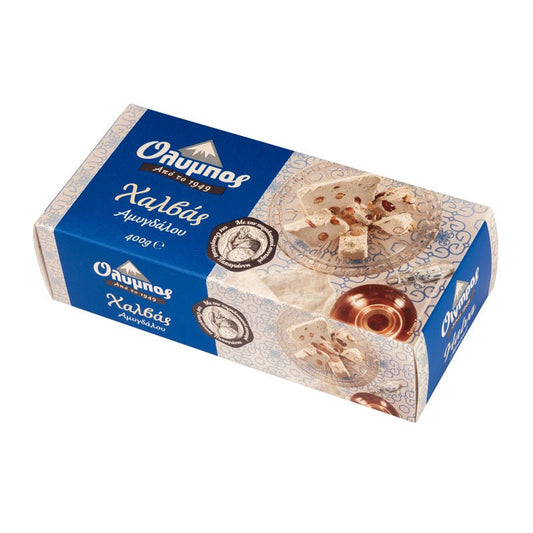


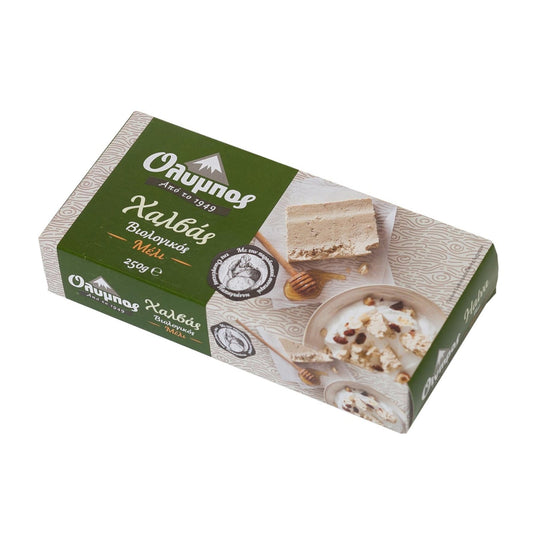

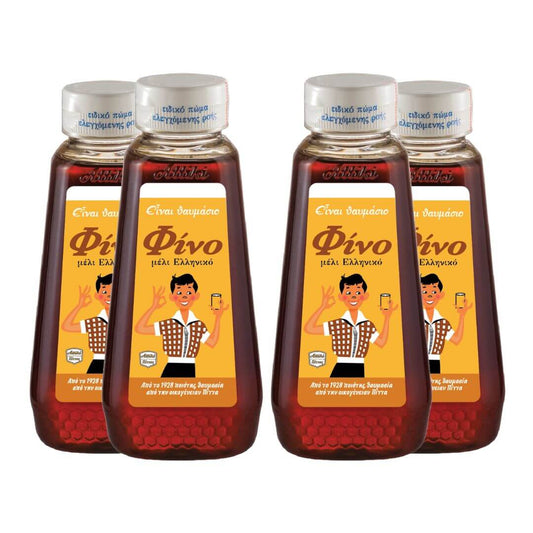



2 comments
Me parece gran idea explicarnos tan bien paso a paso las maravillosas preparaciones culinarias del Oriente a quienes somos de Occidente. Gracias
Guten Tag,
wir alle 3 Tahin Sesammus zu Hause und alle 3 schmecken auf Ihre Art lecker. Mache Tahin Sesammus meistens morgens in min Power Müsli mit rein.
Mit freundlichen Grüßen
Bernd Andreas Eichelkraut